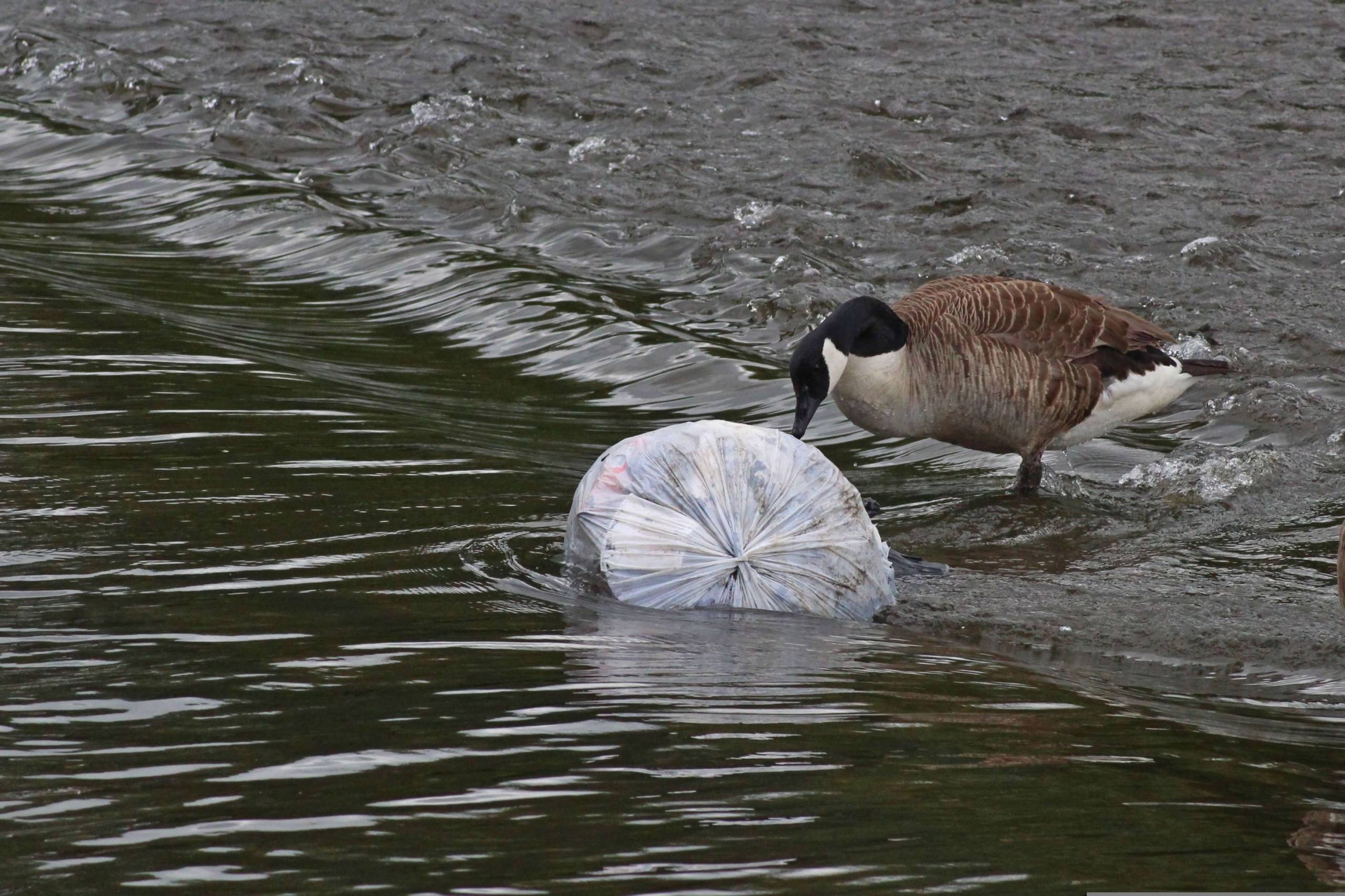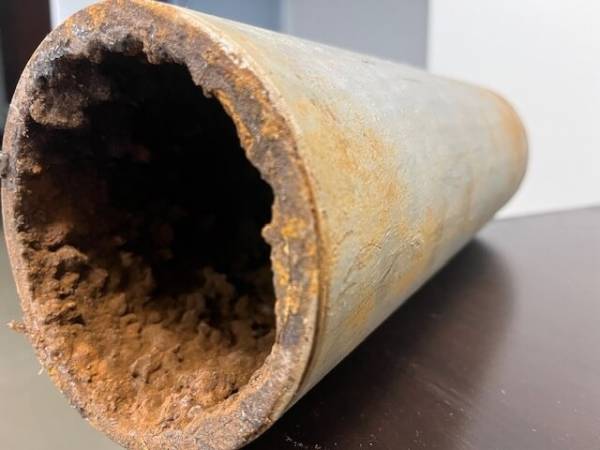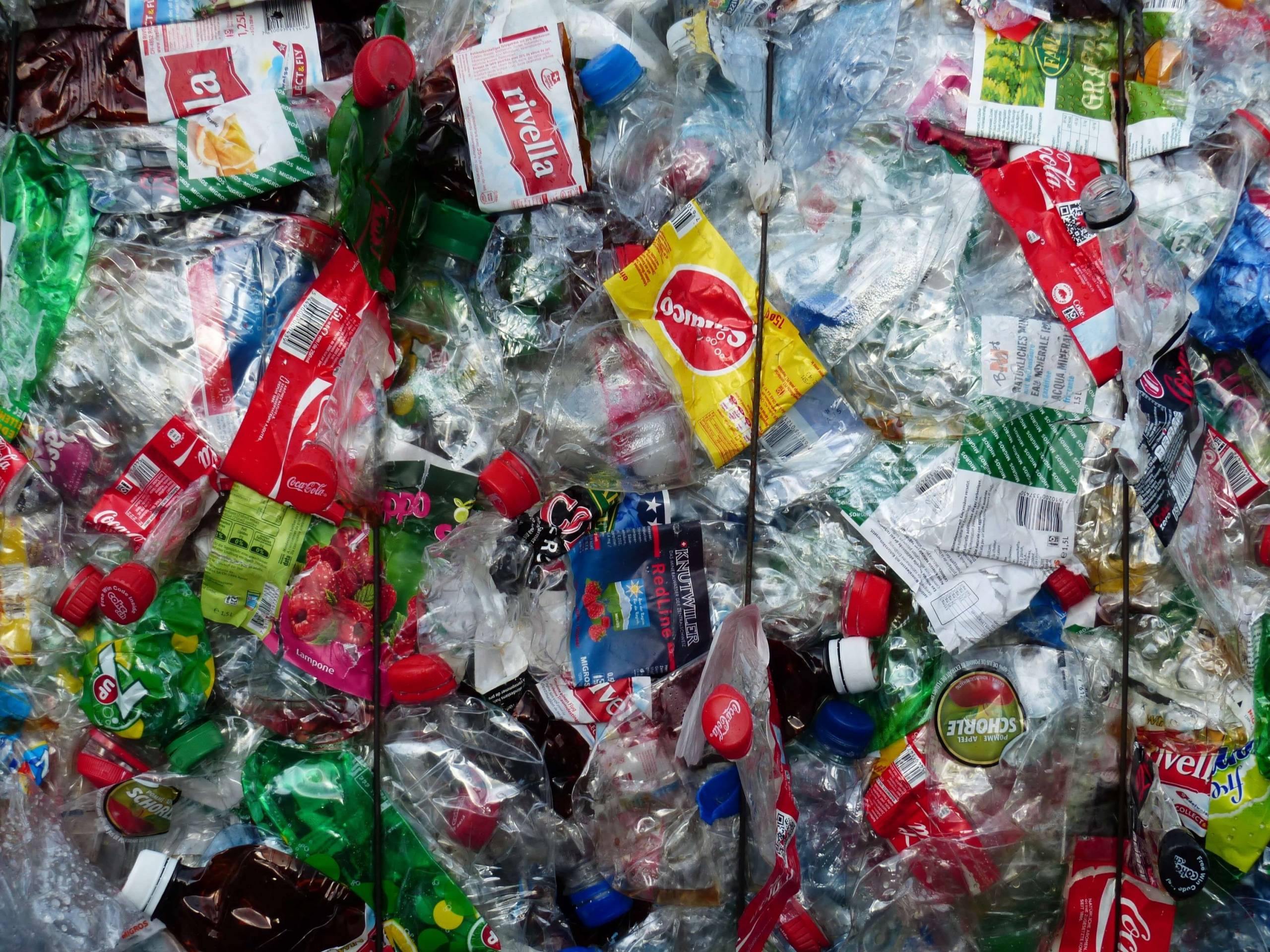
It is not uncommon to receive boil water advisories as well as communications asking residents to run the water before consuming it. These measures are taken by municipalities when they detect a risk of contamination in the drinking water network. The following question then arises: what are these contaminants?
Perfluorinated substances are a family of chemical compounds present in many everyday items. These are found particularly in food packaging, pesticides, paint and water- and stain-resistant products1. PFAS are absorbed by the soil and transported by rain which then end up in the drinking water system2.
According to a study carried out by the University of Montreal, 99.3% of drinking water in Quebec contains PFAS. Long-term consumption of PFAS can lead to health problems such as cancer risks and a weakened immune system3.
Lead can be found in the drinking system following the dissolution of lead already present in the pipes and in the solders. In the 1940s and 1950s, it was not uncommon to see lead pipes being installed. However, the National Plumbing Code now limits their use.
For lead consumption to have a real effect on health, it must be regular, long-term or in high concentrations. Such consumption could cause vomiting, anemia and dizziness4. However, for occasional consumption and in low concentrations, the health risks are slim5.

THMs are chemicals that are formed when chlorinated water comes into contact with organic substances. Since it is a highly volatile contaminant that degrades in the air, its concentration in the drinking water system can vary depending on the methods and products that are used to treat it.
In Quebec, water is treated and analyzed so that the annual average THM in water does not exceed 80mg per liter. This regulation is the strictest in Canada. Since the permitted amount of THMs in water is low, very large amounts would have to be consumed over several years to notice the effects on the body6.

Microplastics form when objects such as straws, tires, or single-use bags degrade in water. This creates small plastic fibres that pass through the water filtration process and end up in the drinking water system7.
Since studies on the effects of microplastics on the body are recent, questions still remain. However, experts believe that these could have an impact on the organs and the reproductive system8.
E. coli bacteria are contaminants that come from fecal matters and are then carried into the water system. Consuming water contaminated with E. coli can lead to vomiting, nausea and diarrhea9. In more severe cases, E. coli can lead to death10.
To learn more about the effects of this bacterium, we invite you to read our article Walkerton tragedy: why protect drinking water?
We use cookies to understand how you use our site and to improve your experience. This includes personalizing content and advertising. By continuing to use our site, you accept our use of cookies, terms and conditions, privacy policy. Confused? Send us an e-mail.
I acceptWe use cookies
Respecting your privacy matters to us. We use cookies to personalize our content and facilitate your digital experience. Some cookies may be collected with your consent.
Essential
Essential cookies help make a website usable by enabling basic functions such as page navigation and access to secure areas of the website. The website cannot function properly without these cookies.
Performance
These cookies enable us to analyze navigation on our sites and improve their operation.
Customization
Preference cookies enable a website to remember information that modifies the behavior or appearance of the site, such as your preferred language or the region you are in.
Targeted advertising
These cookies help us limit the number of times you see an advertisement, personalize our offers and services according to your centers of interest, measure the effectiveness of an advertising campaign, and so on. They may be shared with our partners.
We use cookies
Respecting your privacy matters to us. We use cookies to personalize our content and facilitate your digital experience. Some cookies may be collected with your consent.